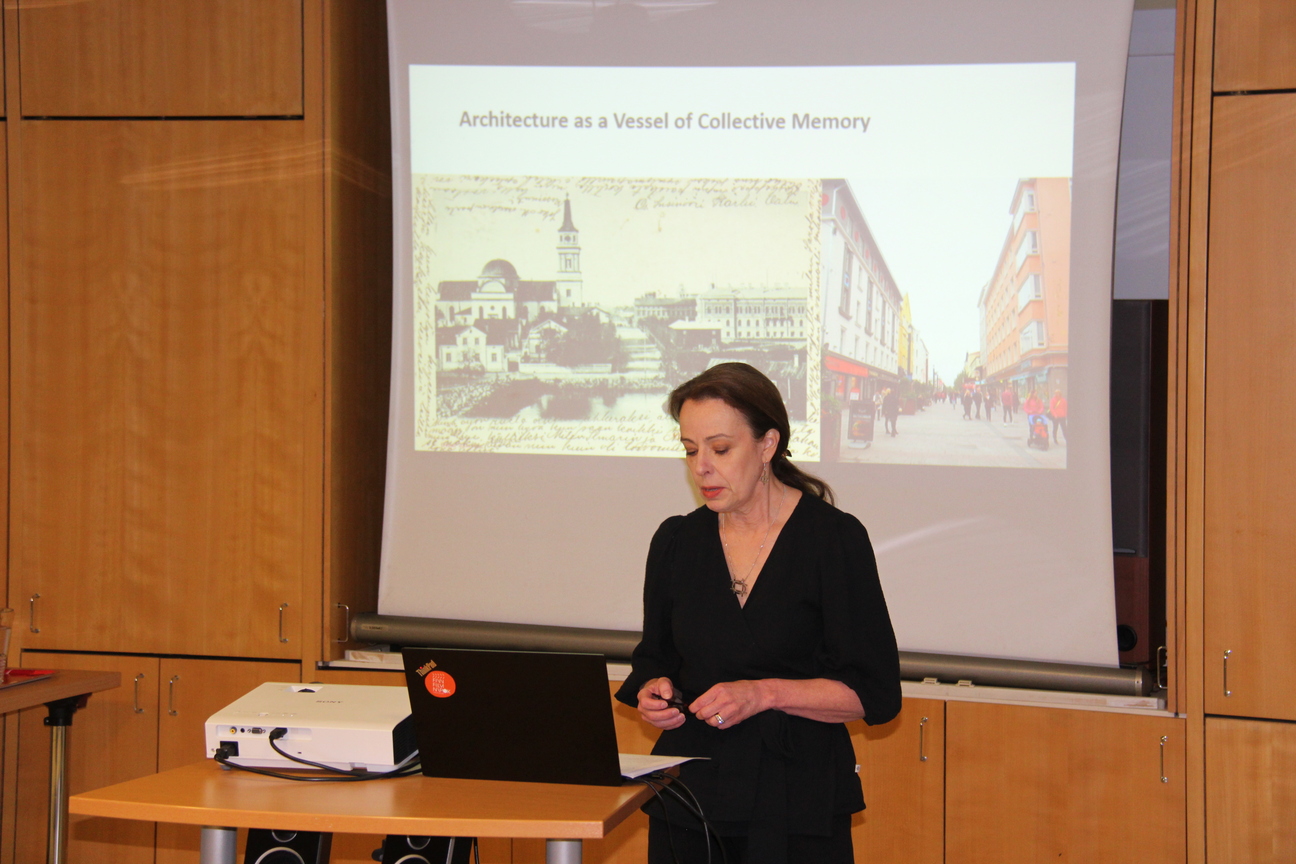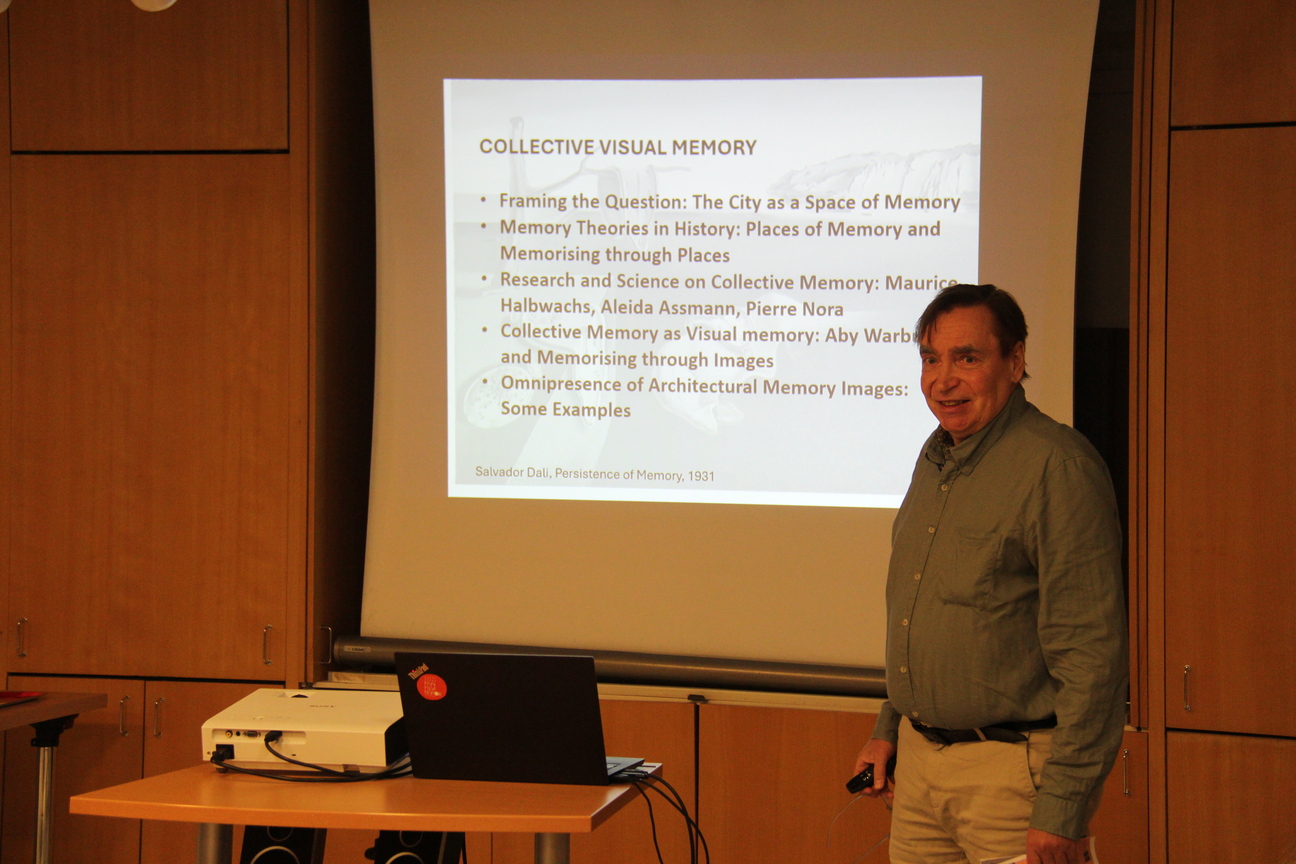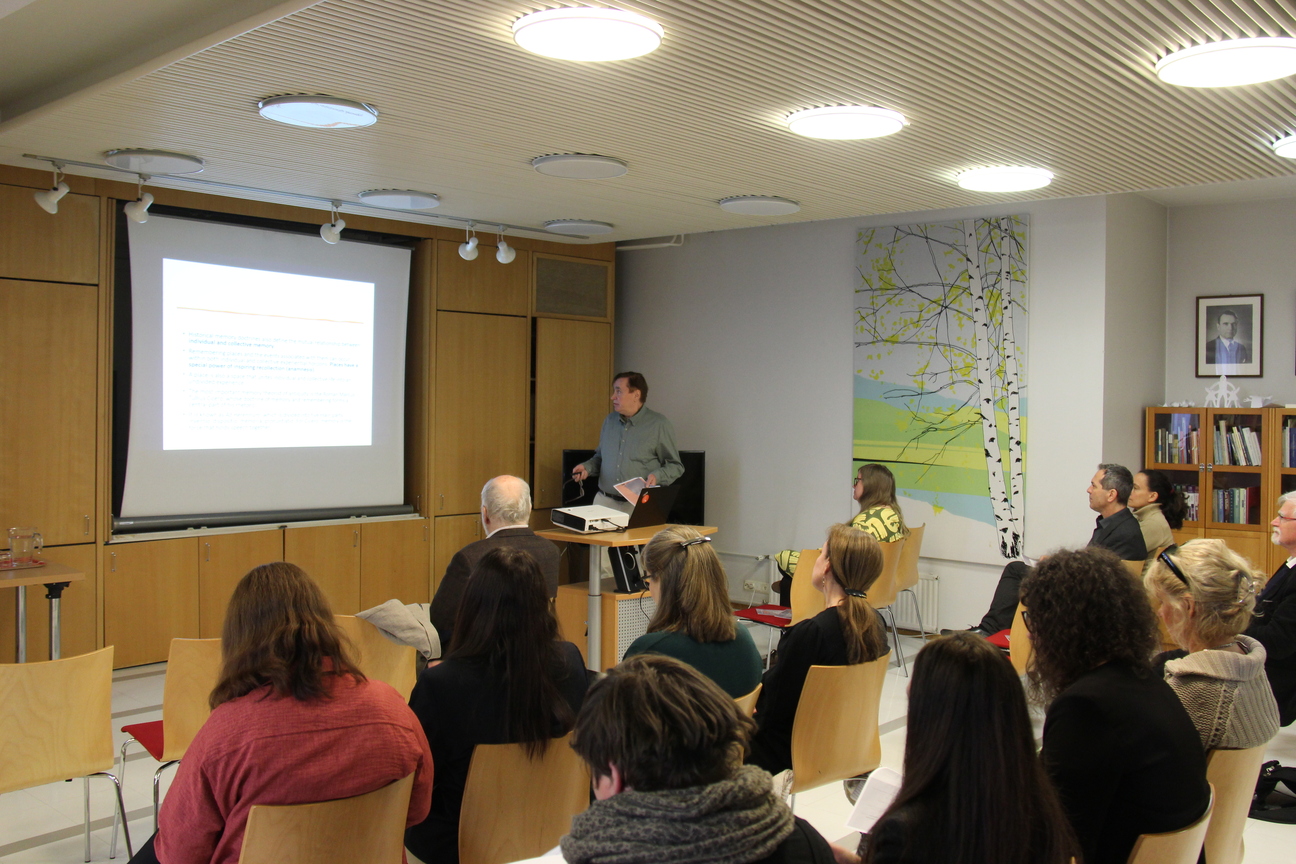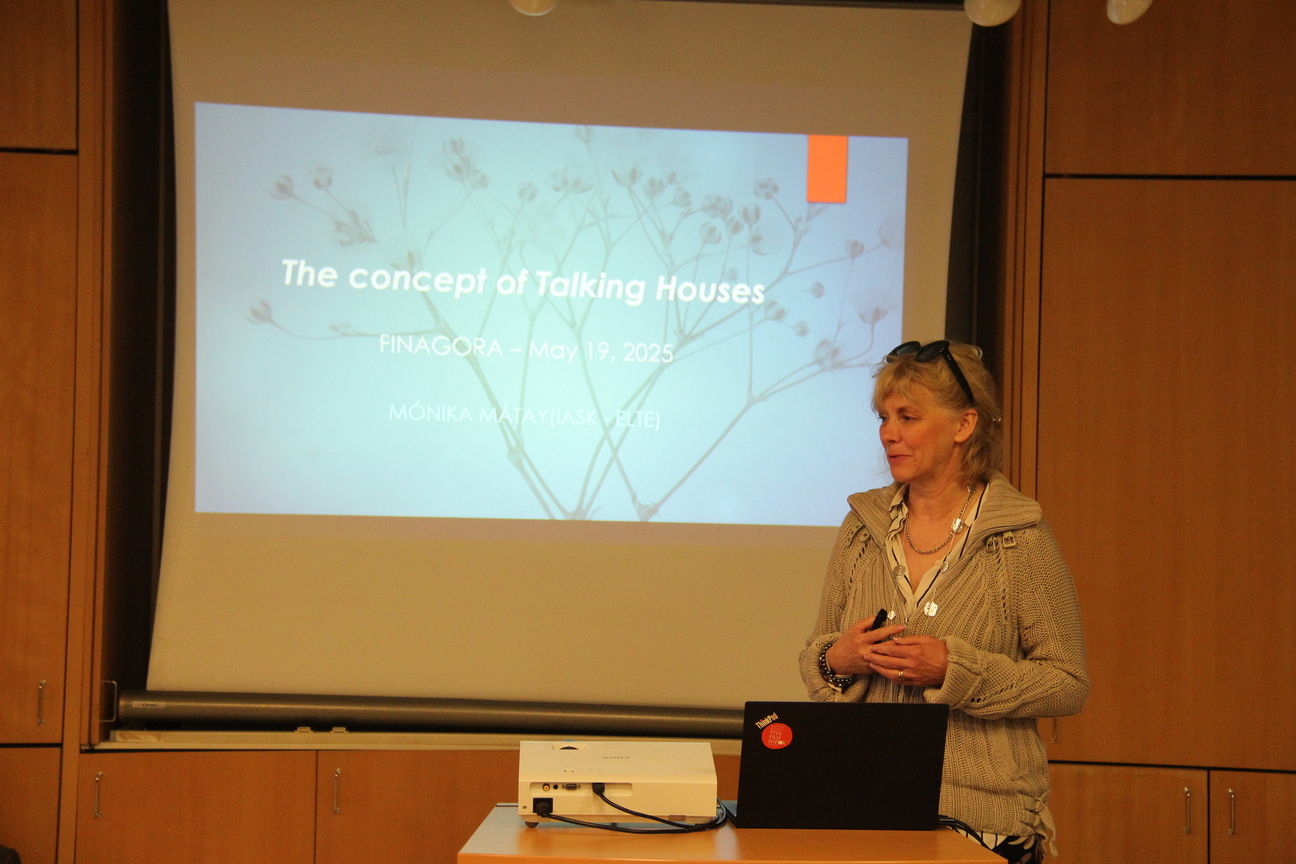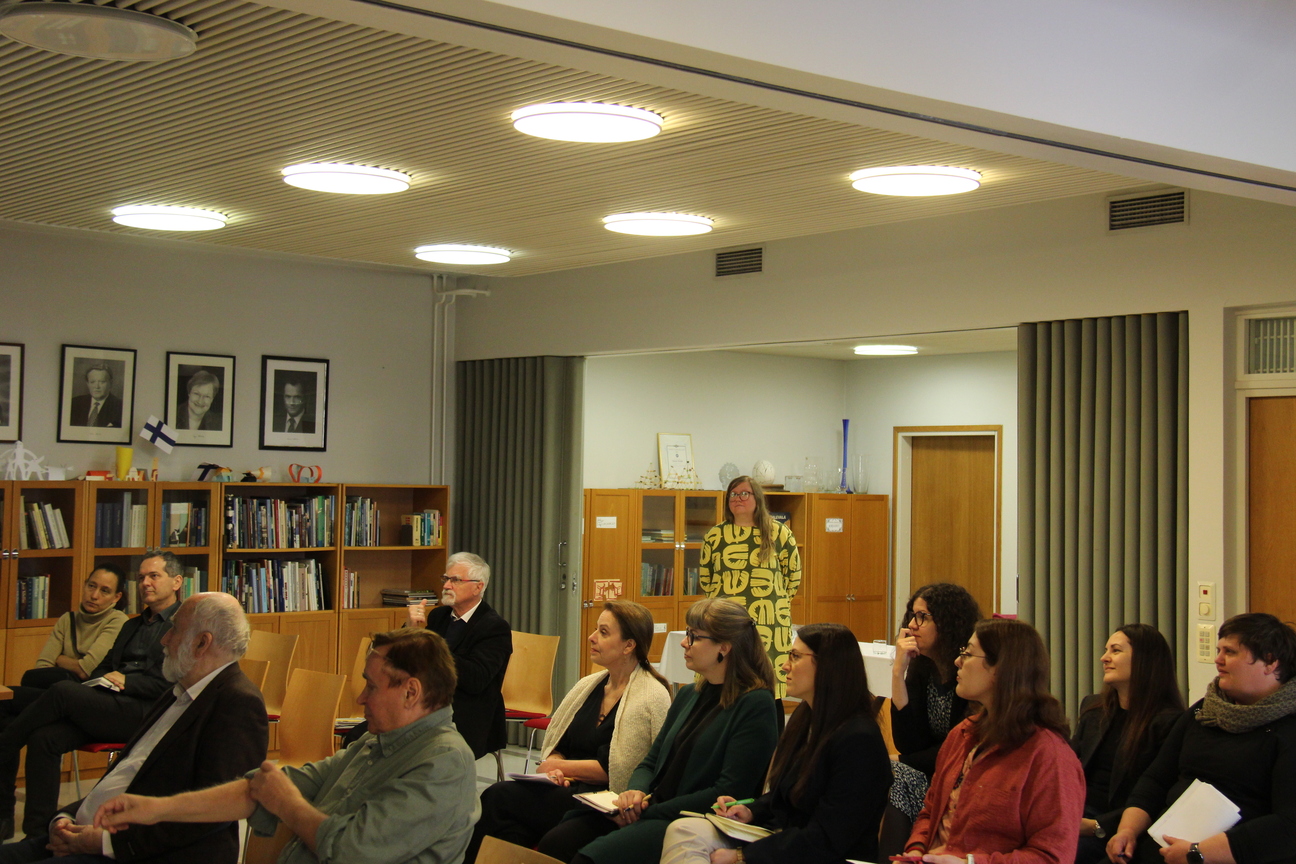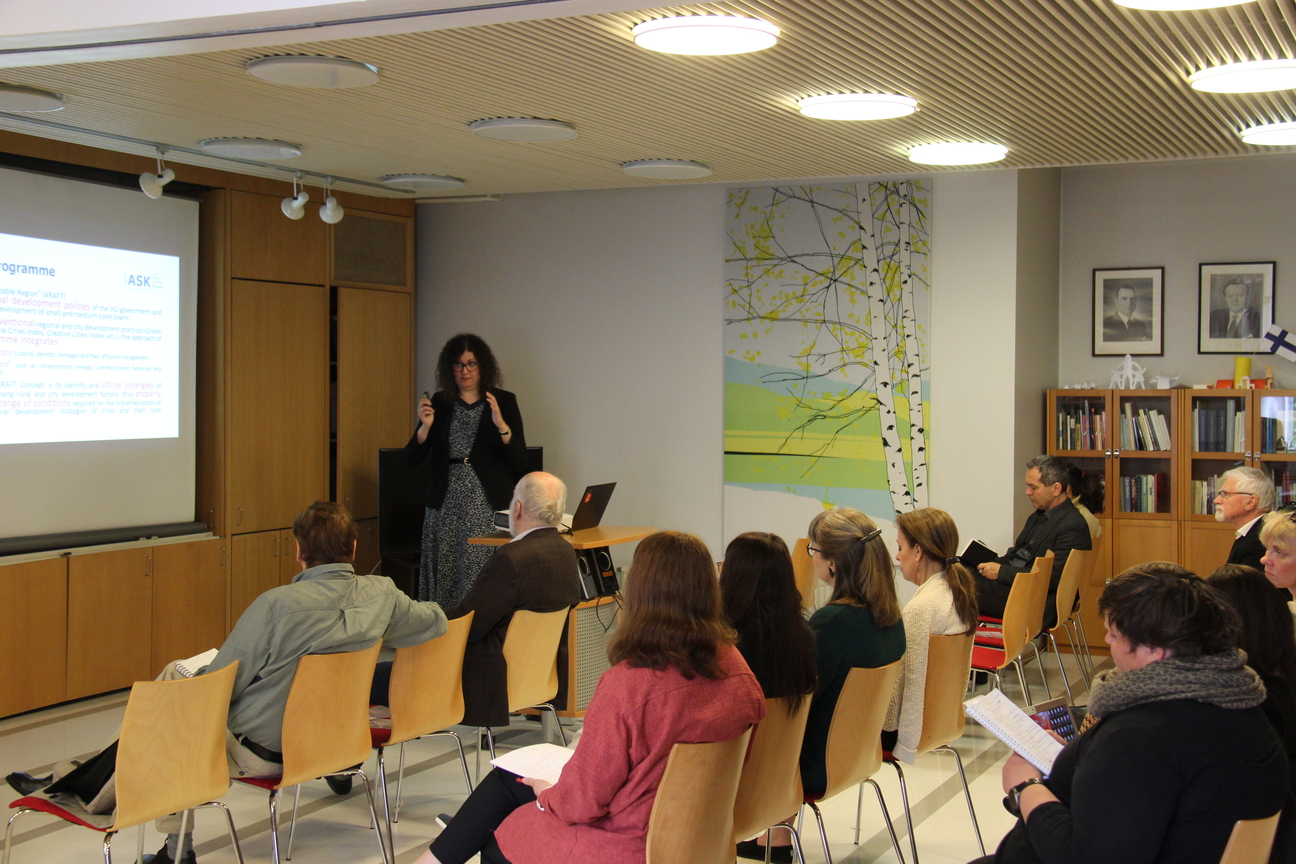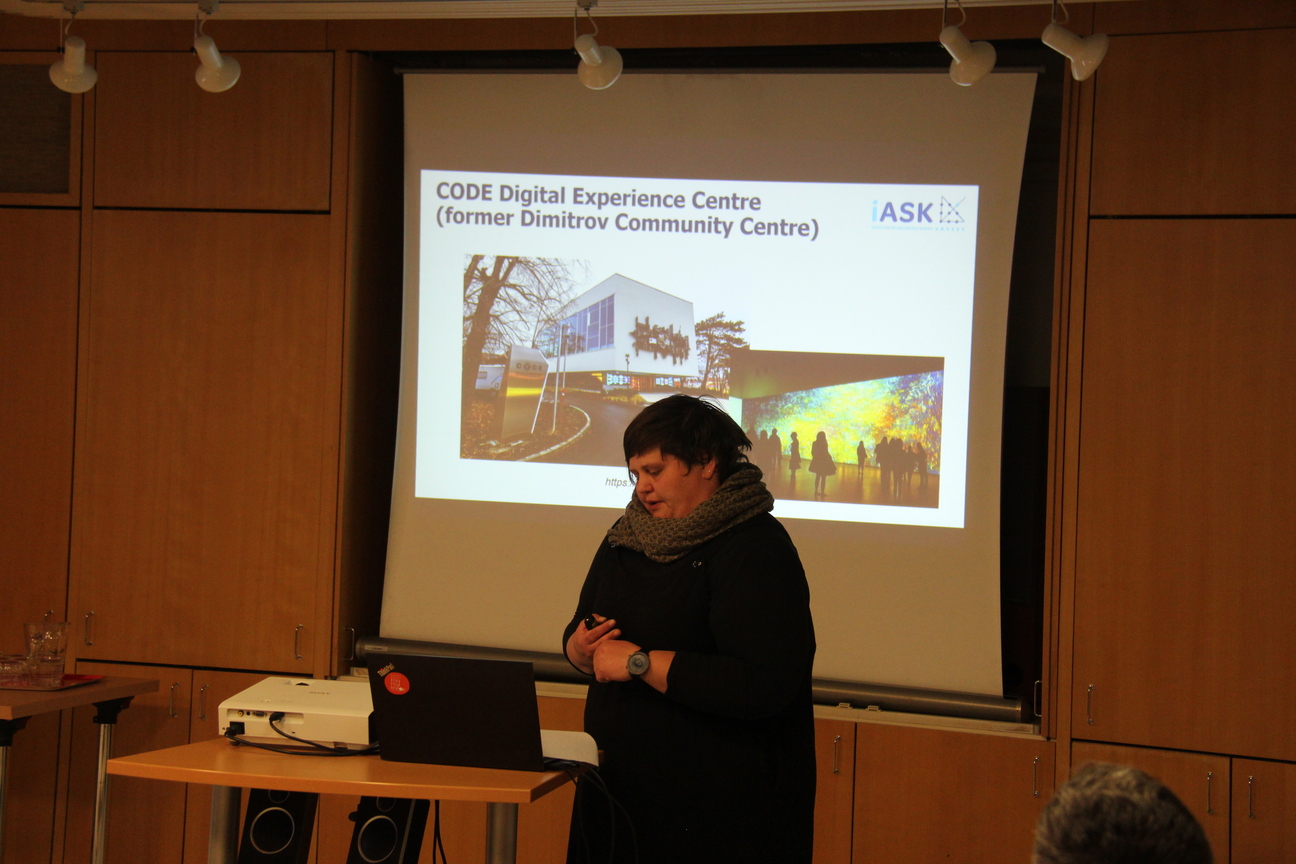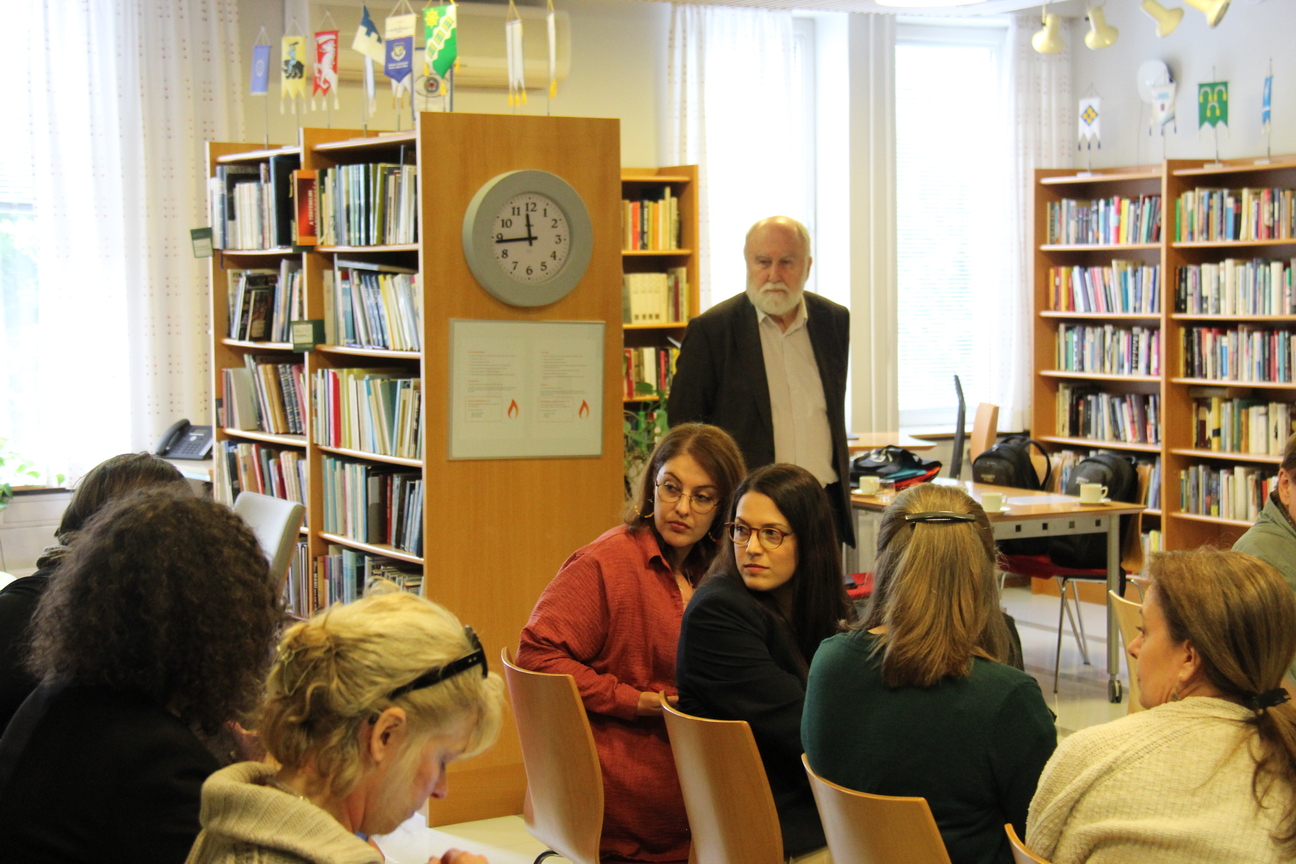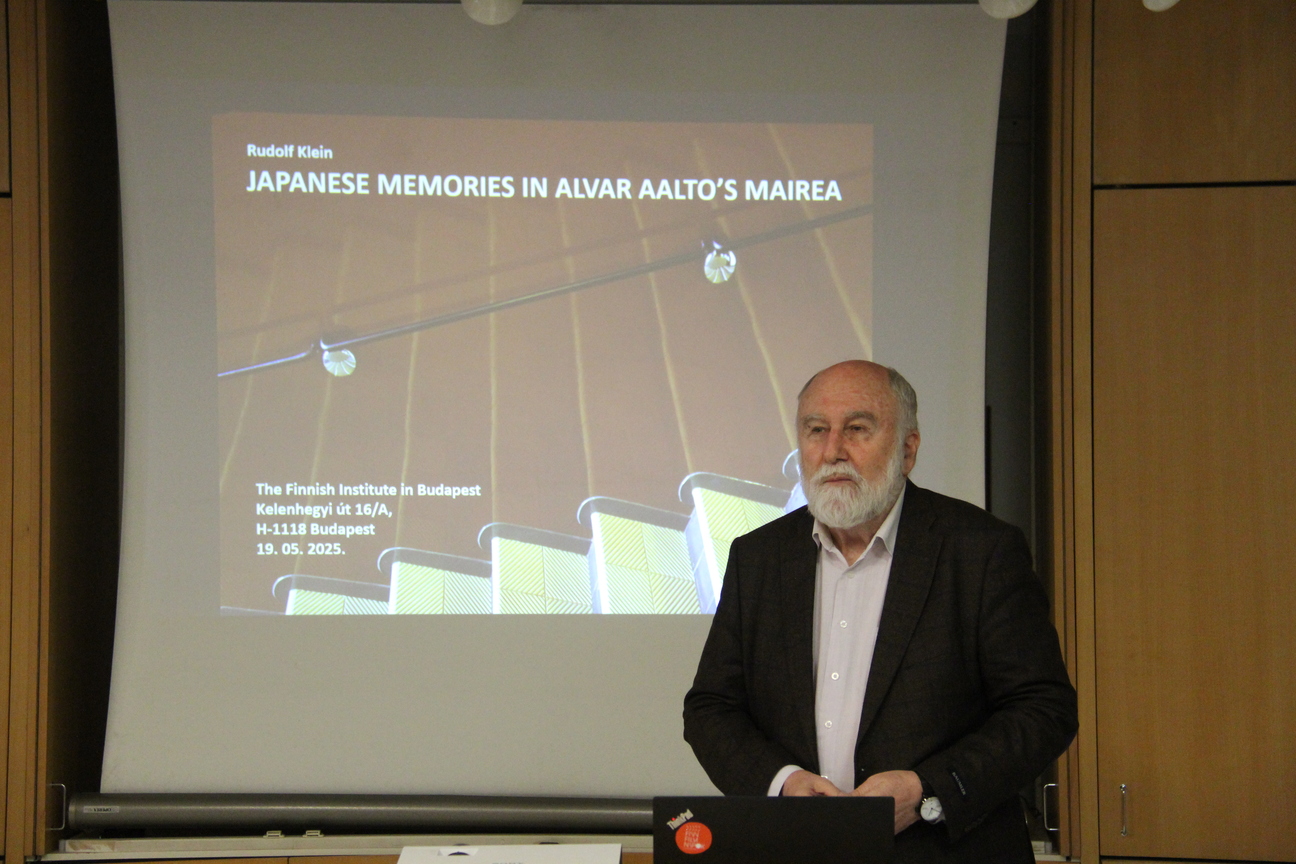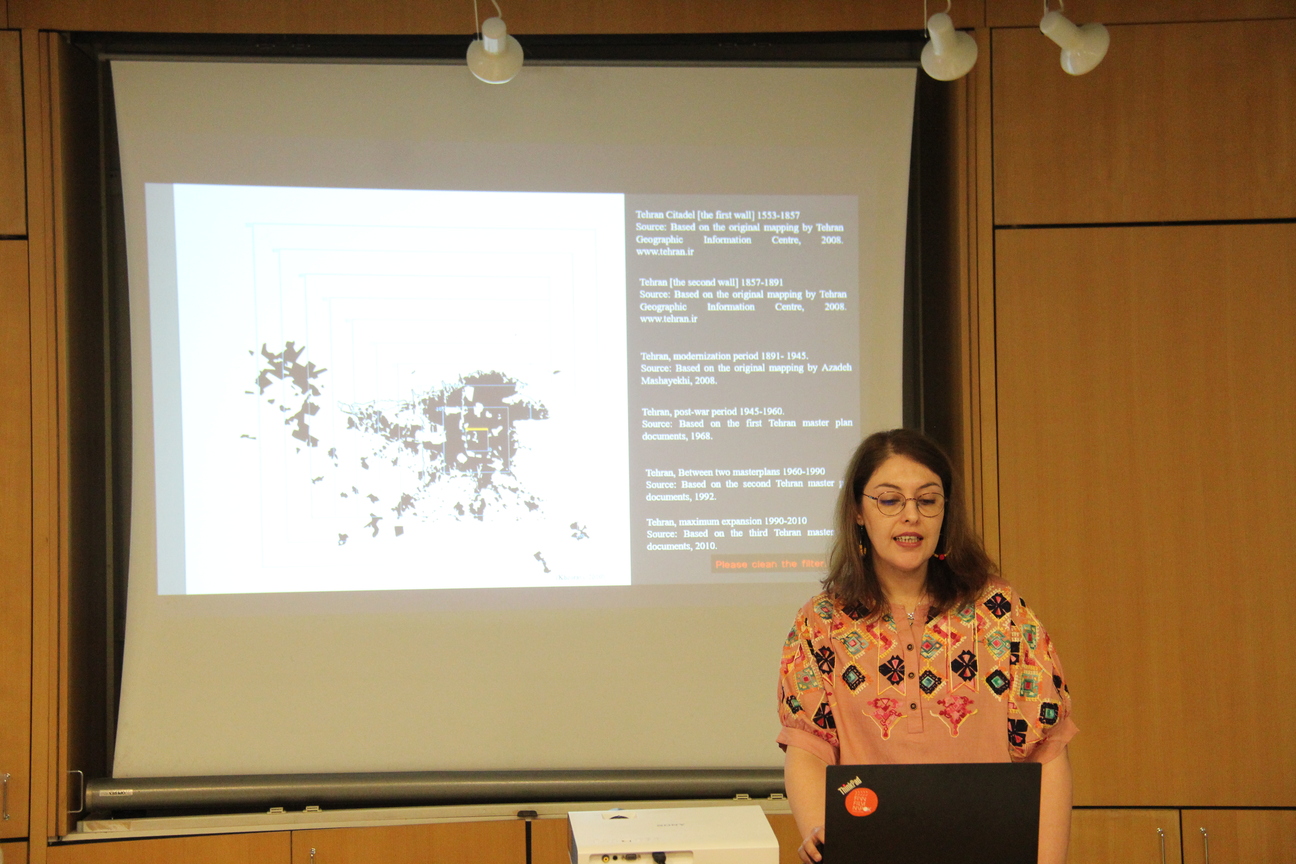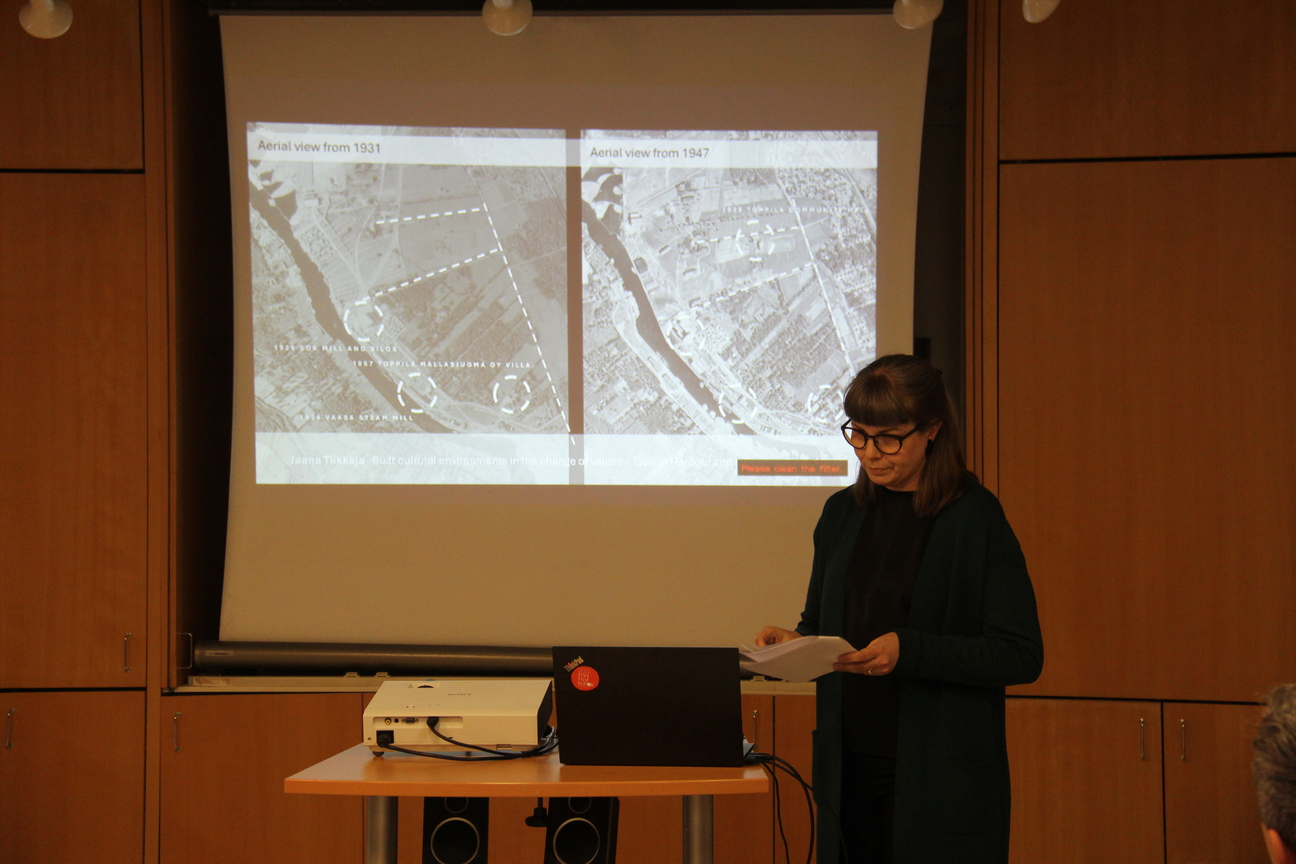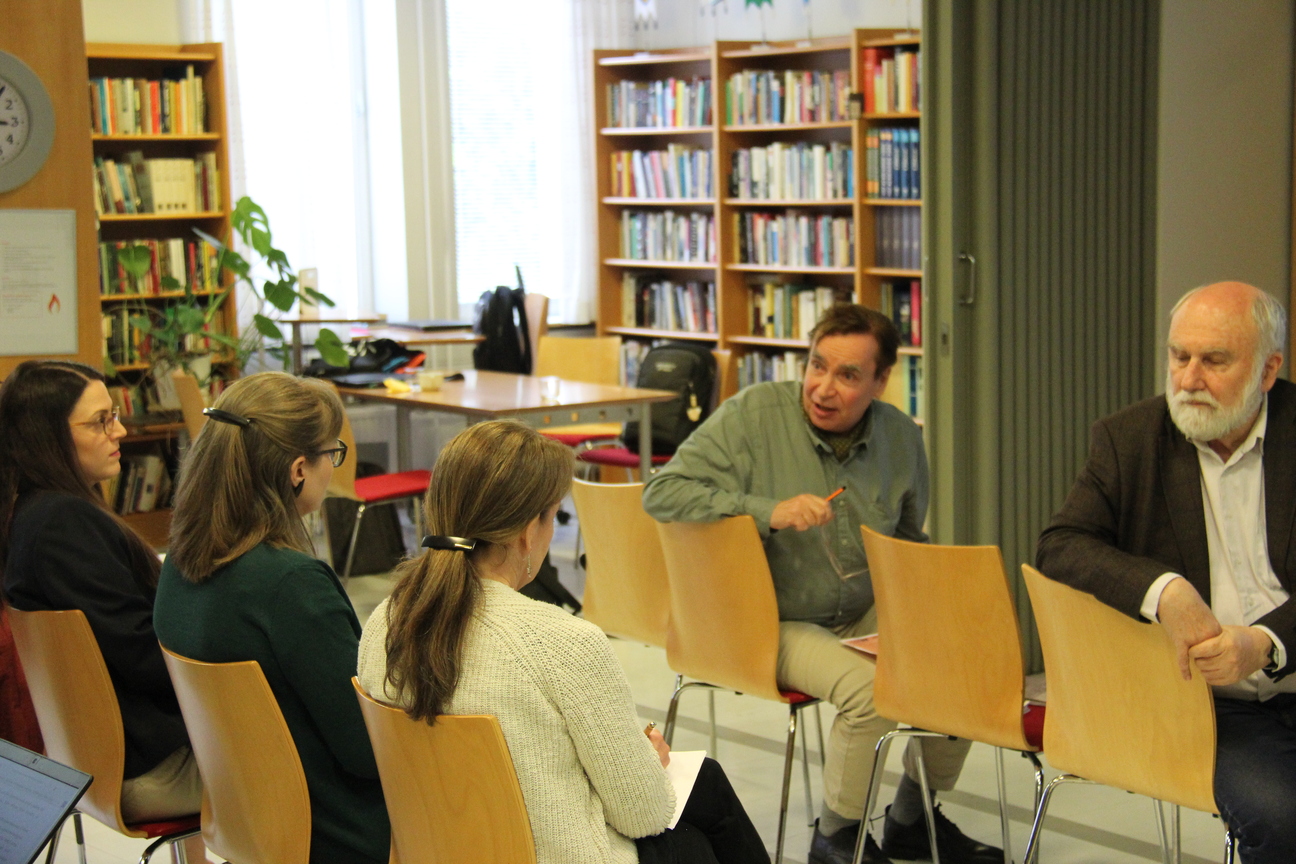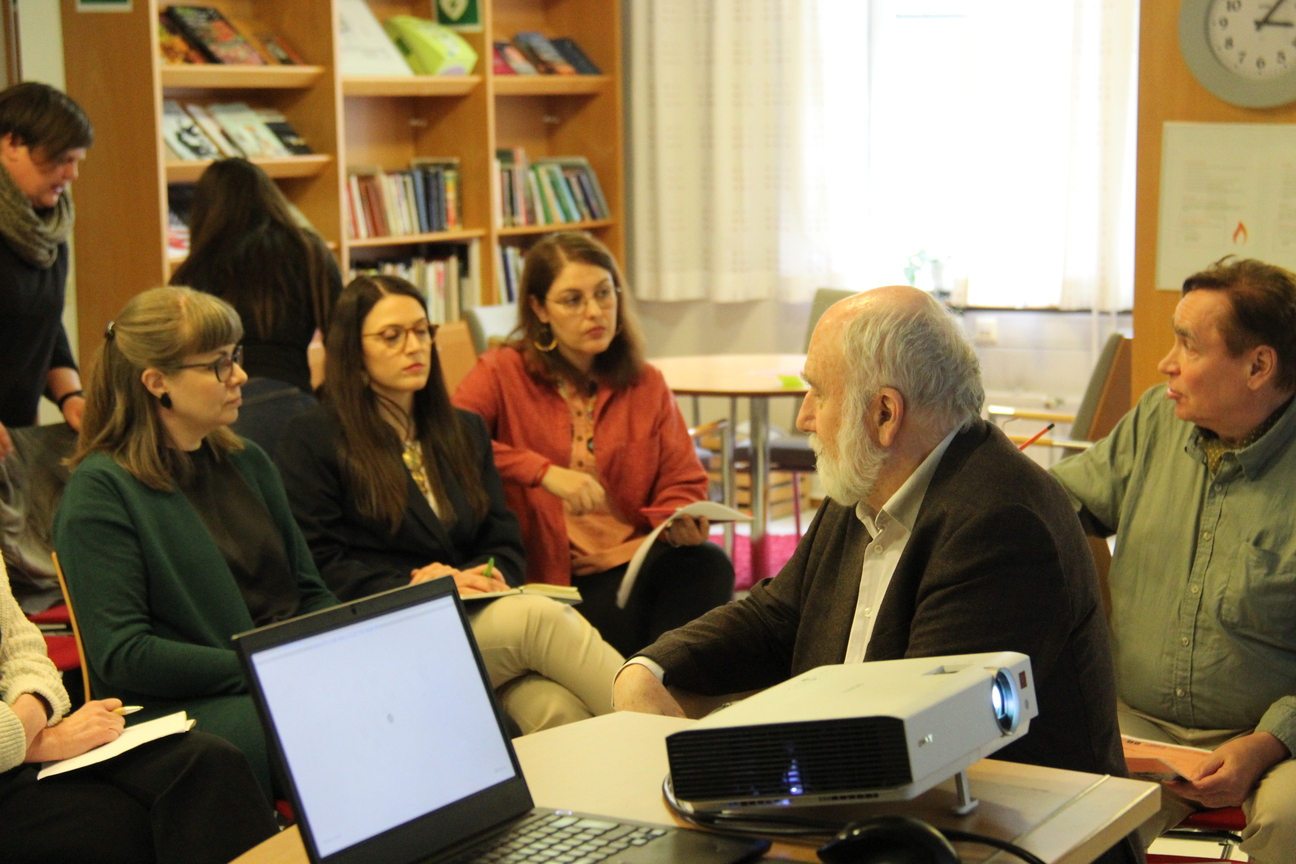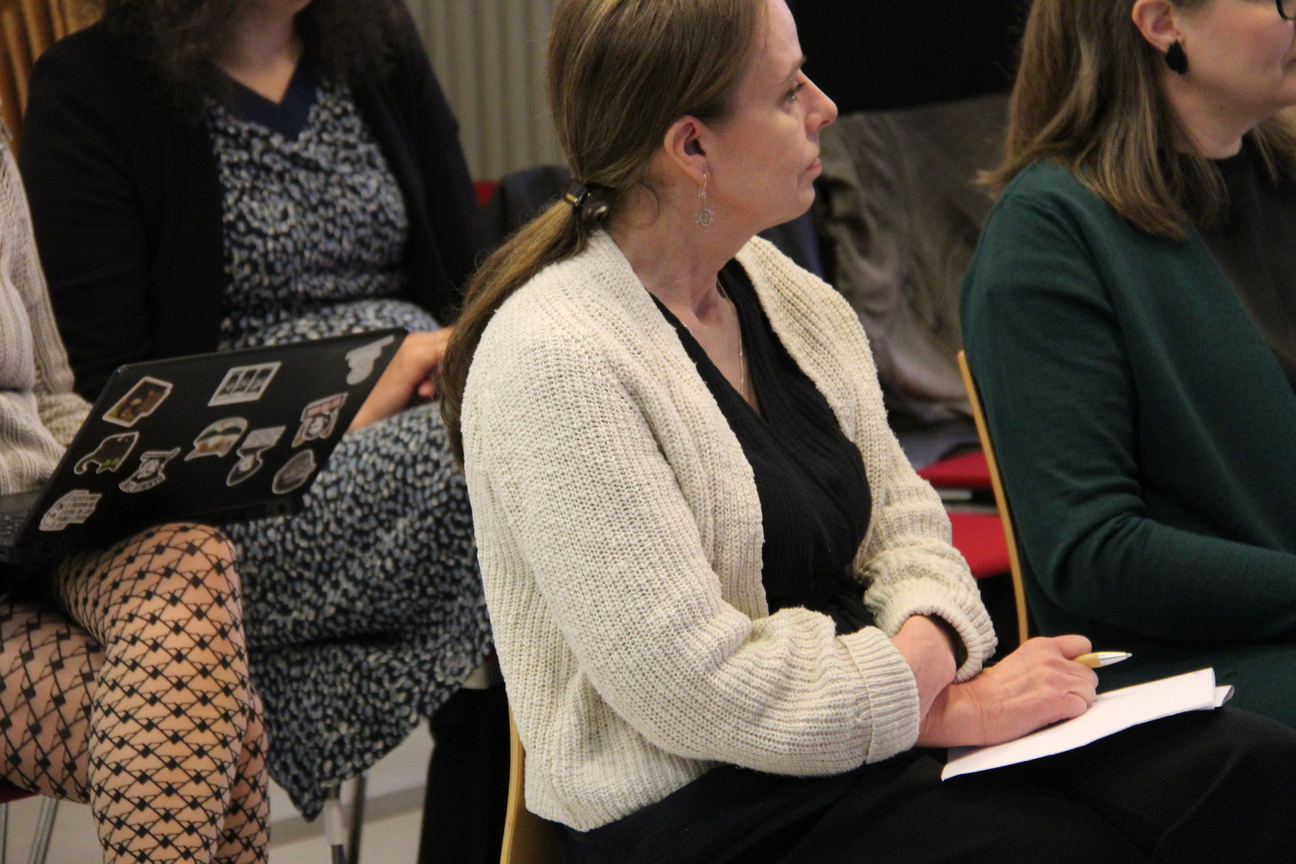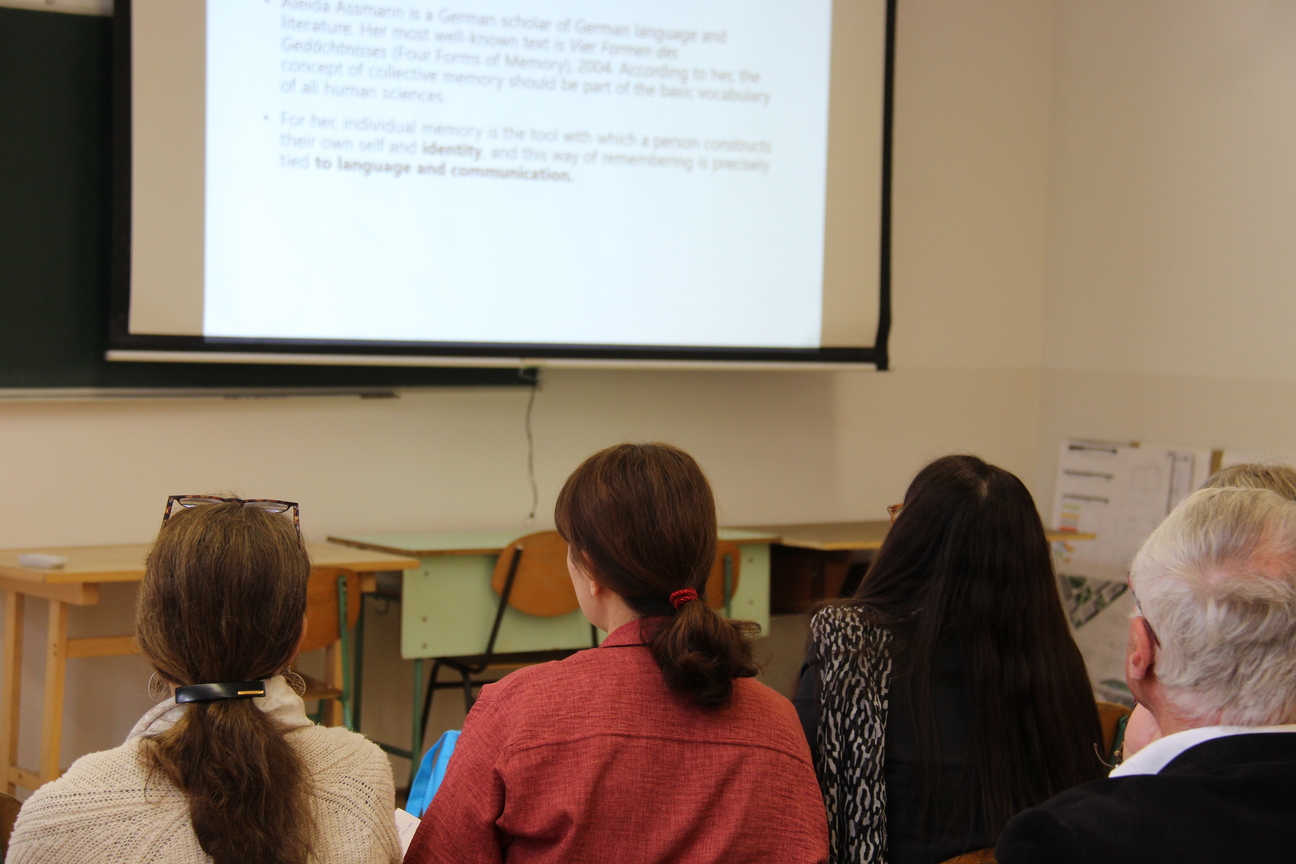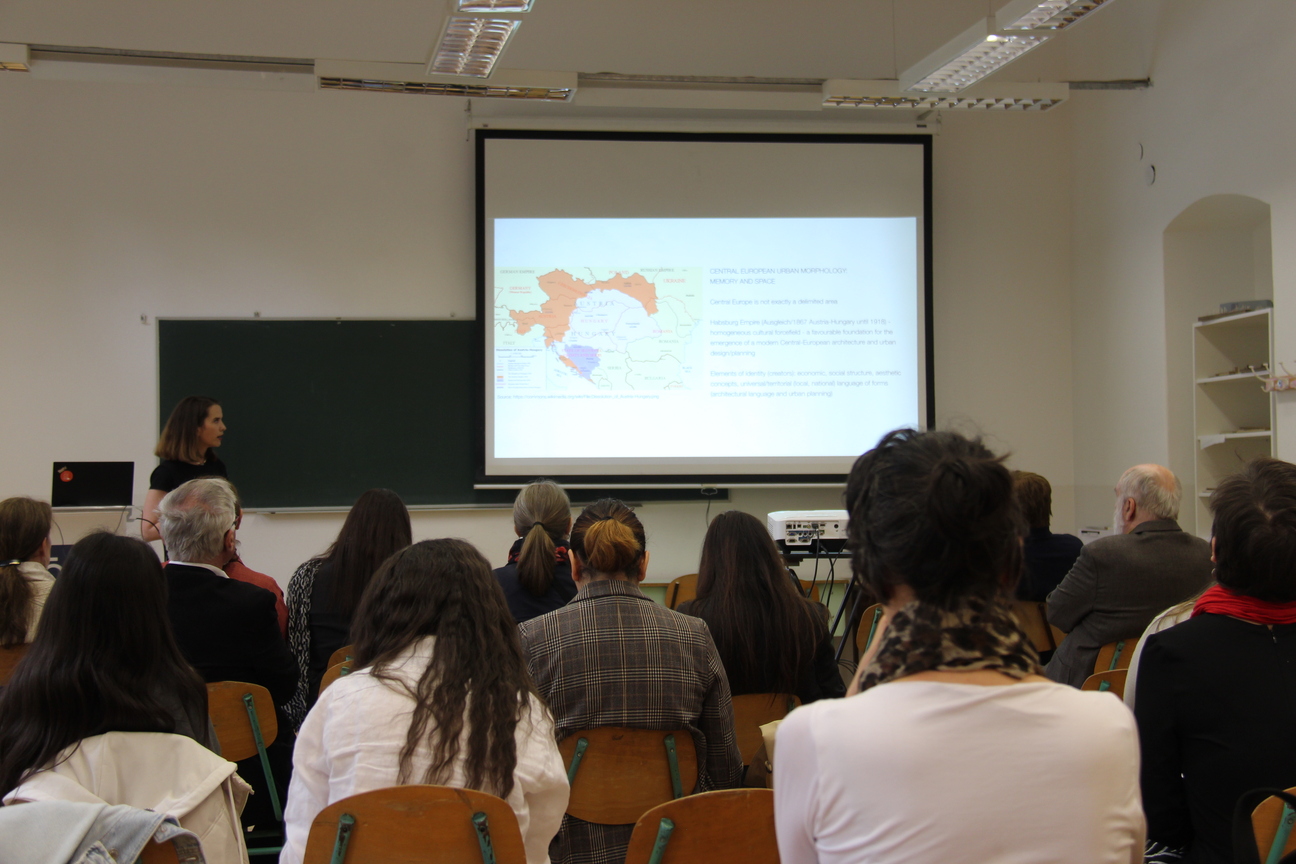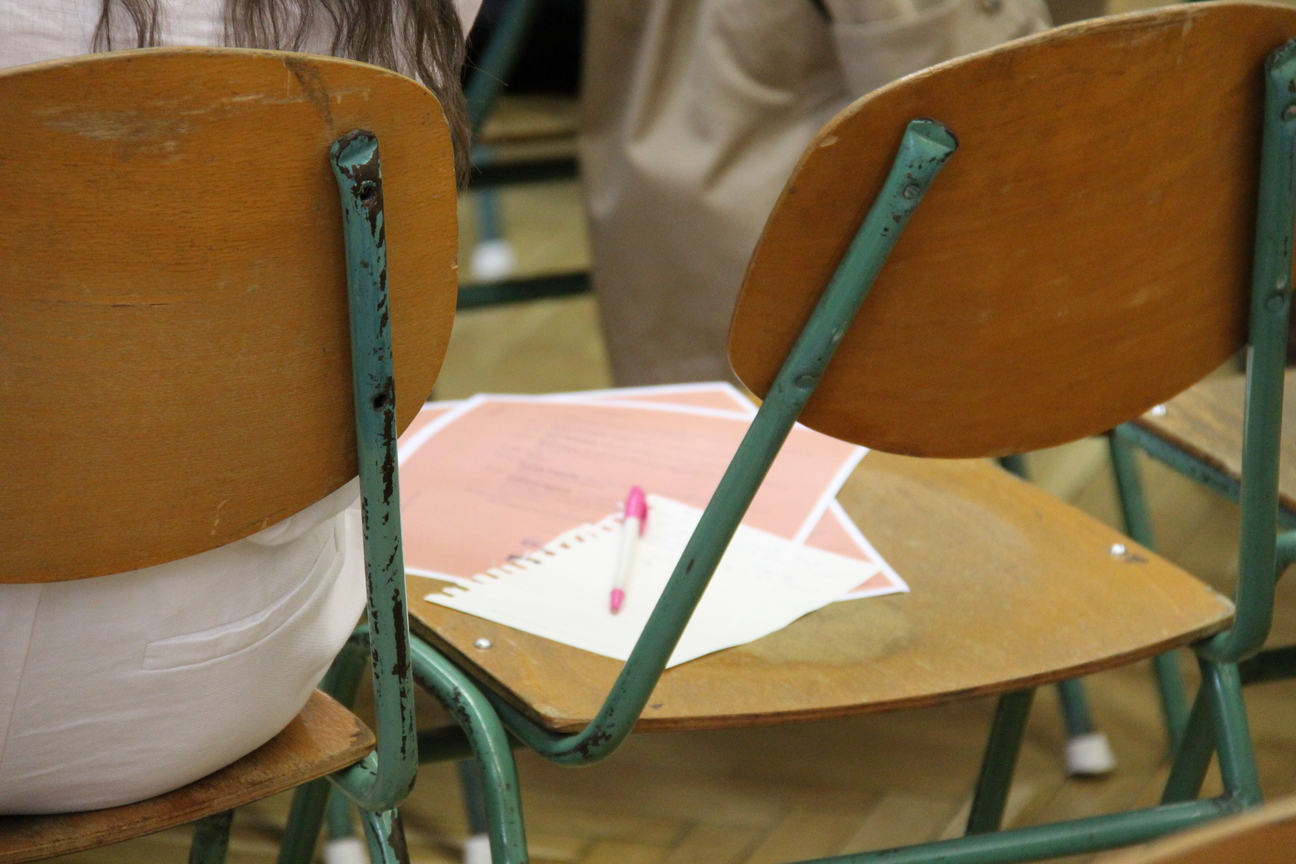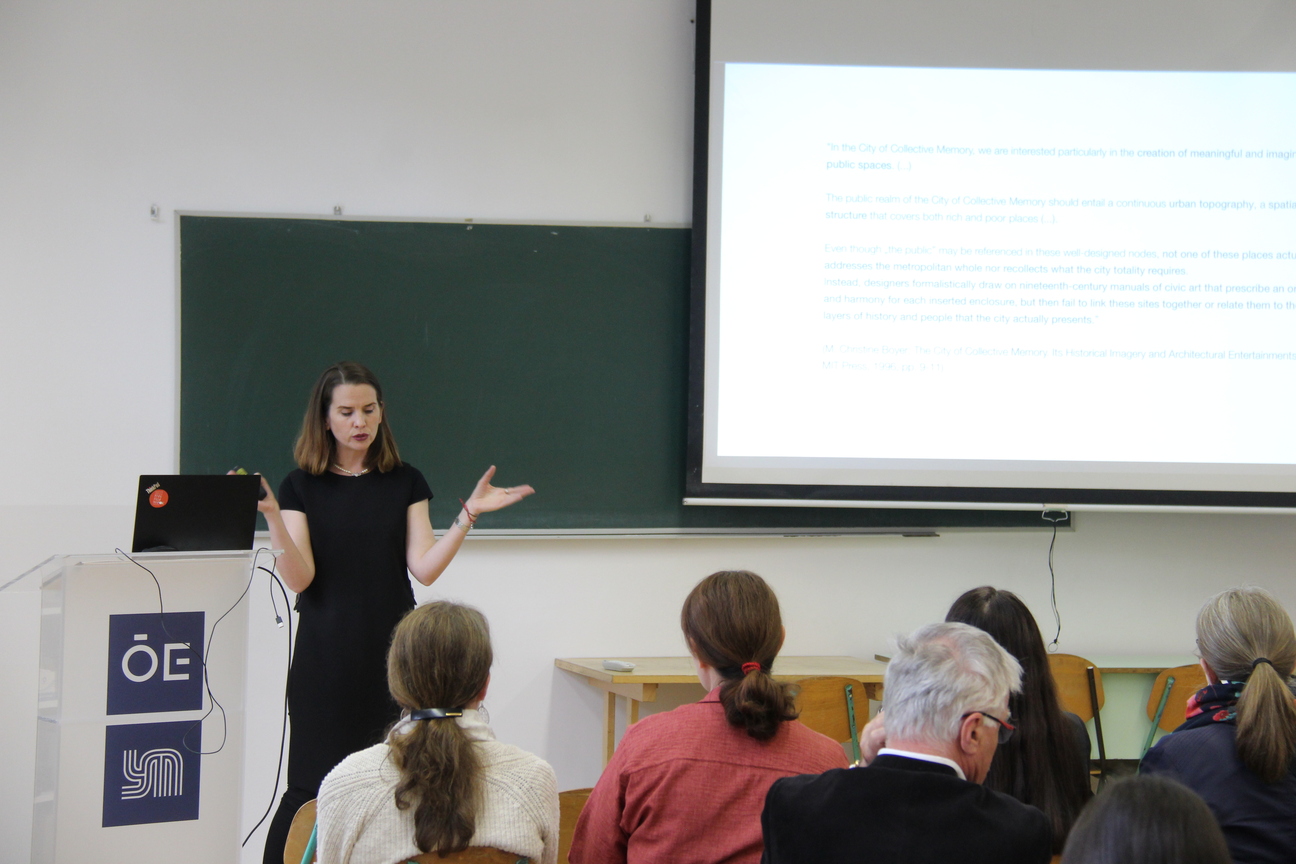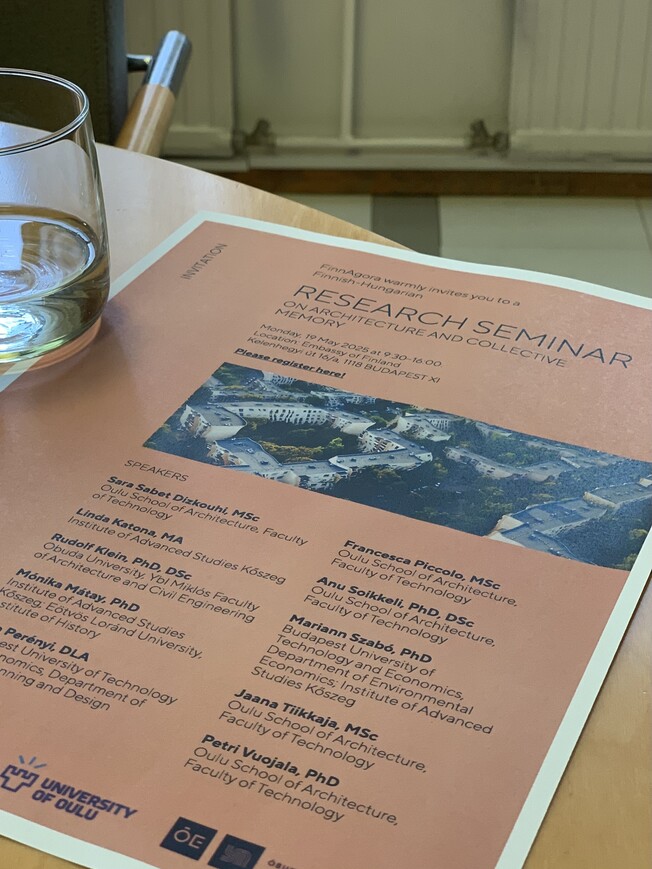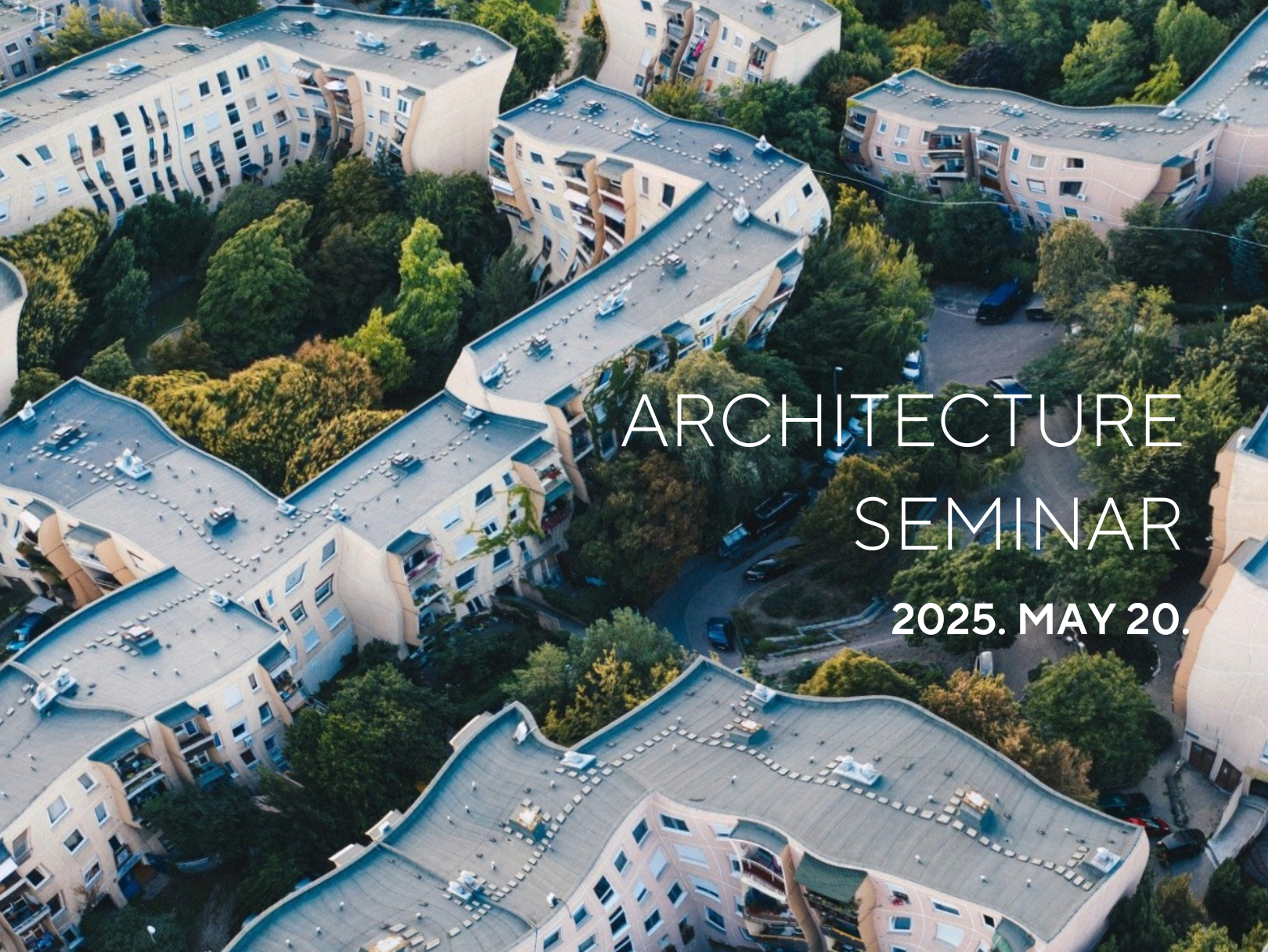
Projekt tervezési terület (en)
NewPalace
The very successful event, initiated by the architectural historian Dr. Petri Vuojala, organised by FinnAgora, hosted by the Embassy of Finland and the Miklós Ybl Faculty of Architecture and Civil Engineering of Óbuda University, addressed the interdisciplinary topic of collective memory in built environment from various aspects.
On day one, at the Finnish Embassy, Petri Vuojala gave an introduction to the functions of collective visual memory; Mónika Mátay presented ’talking houses;’ Rudolf Klein investigated Alvar Aalto’s Japanese memories in his Villa Mairea in Norrmarkku; Sara Sabet Dizkouhi showed architectural memories of the Revolution Street in Tehran; Jaana Tiikkaja analysed the built cultural environments in the change of values on the example of Toppila Harbour and Industrial Area. Francesca Piccolo delved into the problem of the rejection of modern heritage, and Flóra Perényi summed up collective memorials in Budapest public graveyards.
On day two, at Óbuda University, Anu Soikkeli analysed places of memory at sites of indigenous people; Éva Lovra concentrated on space and memory of the Habsburg Central European Towns; Tamás Fejérdy addressed the city as materialised memory, resilience and identity; Izabella Agárdi investigated theoretical perspectives of the relationship between identity and place from a commemorative standpoint.
Éva Lovra led the lively discussion following the conference and gave closing remarks. The conference remains in the recollections of the participants as an eye-opening and vivid contribution to the multifaceted topic of architecture and collective memory.
